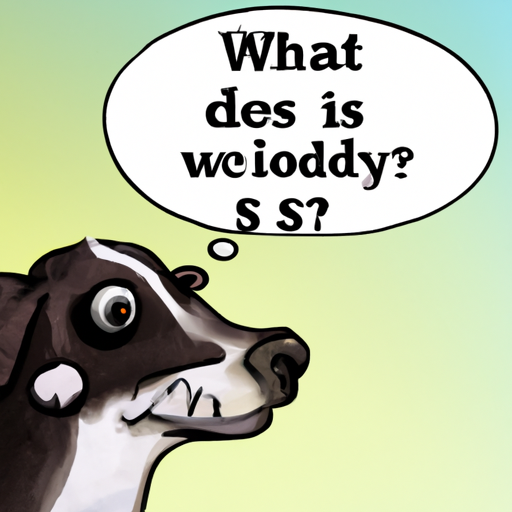1. Introduction
You’ve probably noticed it – that distinctive glance from your canine companion, the one that’s filled with a mix of curiosity and skepticism. Yes, we’re talking about the infamous “dog side eye.” It’s a gesture that can be both humorous and puzzling to us humans, yet it’s one that our four-legged friends seem to effortlessly master. But why do dogs side eye? Is it a sign of affection, annoyance, or something else entirely? Let’s delve into the intriguing world of canine communication.
2. Understanding Canine Body Language
As a loving caregiver to your pet, you understand the importance of communication in your relationship. Dogs, like humans, express their feelings and intentions through body language, and the “side eye” is a part of this rich vocabulary.
- Eyes: They are a primary mode of communication for dogs. They use their eyes to signal their emotions and intentions.
- Ears: Dogs can move their ears to show their emotional state. Forward-facing ears indicate interest, while flattened ears may suggest fear or submission.
- Tail: The position and movement of a dog’s tail can also convey a variety of messages.
3. The Significance of the Side Eye
So, what’s the story behind the side eye? It might seem like a simple gesture, but there’s more to it than meets the eye.
- Submission: Dogs often use the side eye to show submission to a more dominant dog or human.
- Uneasiness: In some cases, the side eye can indicate that your dog is feeling uncomfortable or anxious.
- Playfulness: Sometimes, the side eye is simply a playful gesture, a part of your dog’s unique character and sense of humor.
4. When to Be Concerned
While the side eye is typically harmless, there are instances when it might signal a problem.
| Sign | Possible Cause |
|---|---|
| Prolonged side eye | Stress or anxiety |
| Side eye with growling | Aggression |
| Side eye with withdrawal | Fear |
If your dog is displaying any of these signs, it may be a good idea to consult with a professional, such as a vet or a dog behaviorist.
5. FAQ
Q: Is the side eye a sign of aggression?
A: Not necessarily. It often indicates submission or playfulness, but can signal aggression in certain contexts.
Q: Should I discourage my dog from giving the side eye?
A: It’s generally not necessary unless it’s linked with aggressive behavior.
Q: Can I train my dog to stop giving the side eye?
A: It’s a natural behavior, but dogs can be trained to minimize it if it becomes a problem.
In conclusion, the side eye is a fascinating aspect of canine communication. As a caregiver, understanding this behavior can help you better connect with your furry friend. So the next time your dog gives you the side eye, don’t just laugh it off – take a moment to appreciate their complex language and respond with empathy and understanding.



